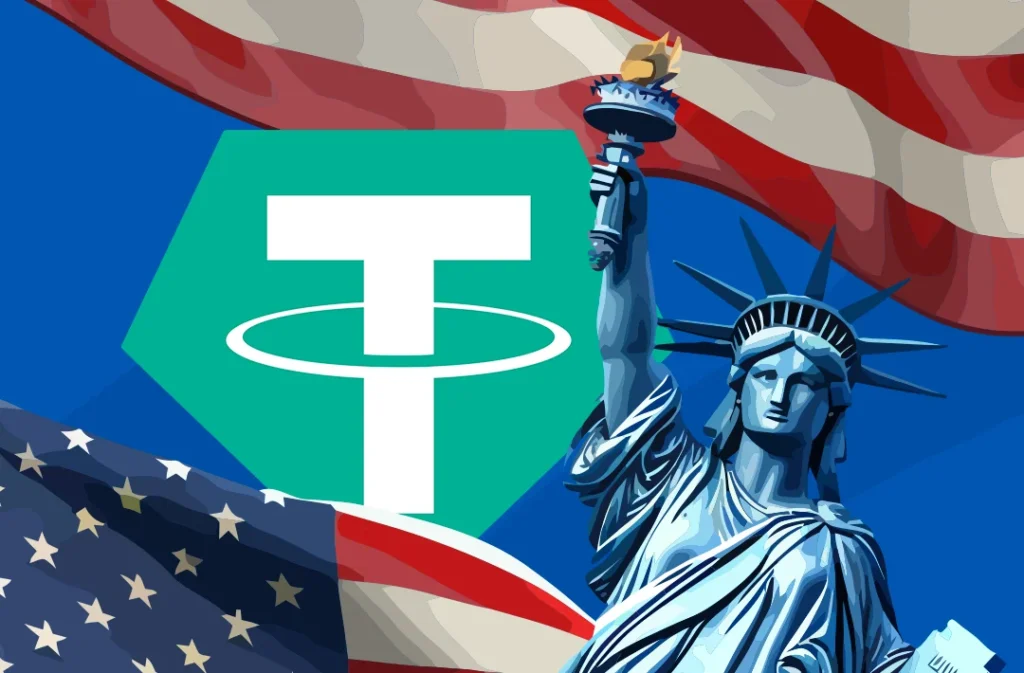In the fast-evolving world of digital finance, stablecoins have emerged as a cornerstone of the crypto ecosystem, promising the stability of fiat currencies combined with the speed and accessibility of blockchain technology. Two major players—Circle, issuer of USDC, and Tether, issuer of USDT—have quietly amassed vast portfolios of U.S. Treasury securities. So vast, in fact, that their holdings now rival or even exceed those of many sovereign nations.
This growing appetite for Treasuries by stablecoin issuers raises critical questions: How does this affect the U.S. economy? What risks and opportunities does it present for the Treasury market, financial stability, and monetary policy? In this article, we unpack the phenomenon of stablecoins gobbling up Treasuries and explore the profound implications for the American economic landscape.
What Are Stablecoins and Why Do They Buy Treasuries?
Stablecoins are cryptocurrencies pegged to stable assets like the U.S. dollar, designed to maintain a 1:1 value ratio. Their promise of stability makes them popular for trading, payments, and as a gateway between fiat money and the crypto world.
To maintain this peg and ensure liquidity, stablecoin issuers hold substantial reserves—often in cash, cash equivalents, and notably, U.S. Treasury securities. Treasuries are favored because they are considered the safest and most liquid assets globally. Holding Treasuries allows issuers to back their tokens with high-quality collateral, ready to meet redemption demands at any time.
The Scale of Treasury Holdings by Circle and Tether
Recent disclosures and market analysis reveal that Circle and Tether have become some of the largest holders of U.S. Treasuries worldwide. Estimates suggest their combined Treasury holdings are in the tens of billions of dollars, surpassing many foreign governments’ Treasury portfolios.
- Circle (USDC): With its aggressive growth as a trusted stablecoin, Circle holds a significant portion of reserves in short-term U.S. Treasury bills and notes, ensuring immediate liquidity.
- Tether (USDT): Despite controversies over its reserve transparency in the past, Tether’s current disclosures show a considerable Treasury allocation, emphasizing safety and liquidity.
This concentration is notable because these private entities now act as quasi-institutional investors in the U.S. debt market, influencing demand dynamics that were traditionally dominated by governments, central banks, and large financial institutions.
How Stablecoin Treasury Buying Affects the U.S. Economy
- Increased Demand for Treasuries Supports Lower Interest Rates
The massive appetite from stablecoin issuers adds demand for Treasuries, helping keep yields (interest rates) lower. Lower Treasury yields translate into lower borrowing costs for the government and consumers, stimulating economic activity. - Greater Market Liquidity and Stability
Stablecoin issuers prioritize liquidity to meet redemptions, often holding short-term Treasuries that are easier to sell. This supports a highly liquid Treasury market, which benefits other investors. - Potential Concentration Risk
The heavy concentration of Treasuries in a few stablecoin issuers creates systemic risks. If a stablecoin issuer faces a run—mass redemptions that force a quick sell-off of Treasuries—this could disrupt Treasury market stability and ripple through the broader financial system. - Monetary Policy Implications
The Federal Reserve monitors Treasury demand closely as part of its monetary policy strategy. The growing stablecoin presence adds a new variable—private sector entities with different incentives than traditional holders—which may complicate forecasting and policy execution. - Impact on Dollar Dominance and Financial Innovation
By backing stablecoins with Treasuries, these issuers help reinforce the U.S. dollar’s dominance in global finance, even within the crypto ecosystem. However, this also blurs the line between traditional finance and decentralized digital assets, pushing regulators to reconsider frameworks.
Regulatory and Market Challenges
Regulators are increasingly focused on stablecoins’ growing influence on the Treasury market and the broader financial system. Key concerns include:
- Transparency: Ensuring stablecoin issuers maintain clear, auditable reserves.
- Liquidity Requirements: Mandating adequate liquid assets to meet sudden redemption demands.
- Systemic Risk Oversight: Integrating stablecoins into financial stability monitoring and stress testing.
Balancing innovation with risk mitigation remains a delicate task for policymakers.
The Road Ahead: Reshaping the U.S. Economy
Stablecoin issuers like Circle and Tether are no longer fringe players—they are central to the U.S. Treasury market and by extension, to the broader economy. Their growing Treasury holdings reflect the deep intertwining of traditional finance and digital assets.
- For the Treasury Market: Expect stablecoins to remain important buyers, supporting demand but requiring enhanced market infrastructure to handle potential liquidity shocks.
- For Monetary Policy: The Fed and other policymakers will need new tools to account for this private-sector demand when setting interest rates and managing economic growth.
- For Financial Stability: Vigilant oversight and regulatory clarity will be essential to ensure that stablecoins enhance, rather than threaten, the resilience of the financial system.
Conclusion
The rise of stablecoins like Circle and Tether as major holders of U.S. Treasuries marks a paradigm shift in how capital flows through the world’s most important debt market. This new dynamic carries both promise and peril—fueling liquidity and innovation while introducing fresh risks that require careful management.
As stablecoins continue to reshape finance, their role in the U.S. Treasury ecosystem will be a critical factor influencing the trajectory of the American economy for years to come.



